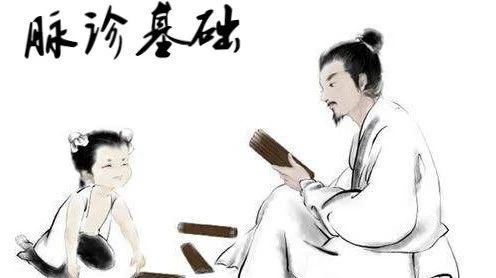Understanding the Dimensions of Cold and Heat in TCM
One-dimensional line, two-dimensional plane, three-dimensional body, four-dimensional movement.Four-dimensional movement cannot be illustrated.Cold and heat, assuming a one-dimensional line, have two directions: positive and negative, just like the human body at 37 degrees Celsius as the origin, slightly higher or lower! This is how we view the human body in terms of cold and heat on … Read more










